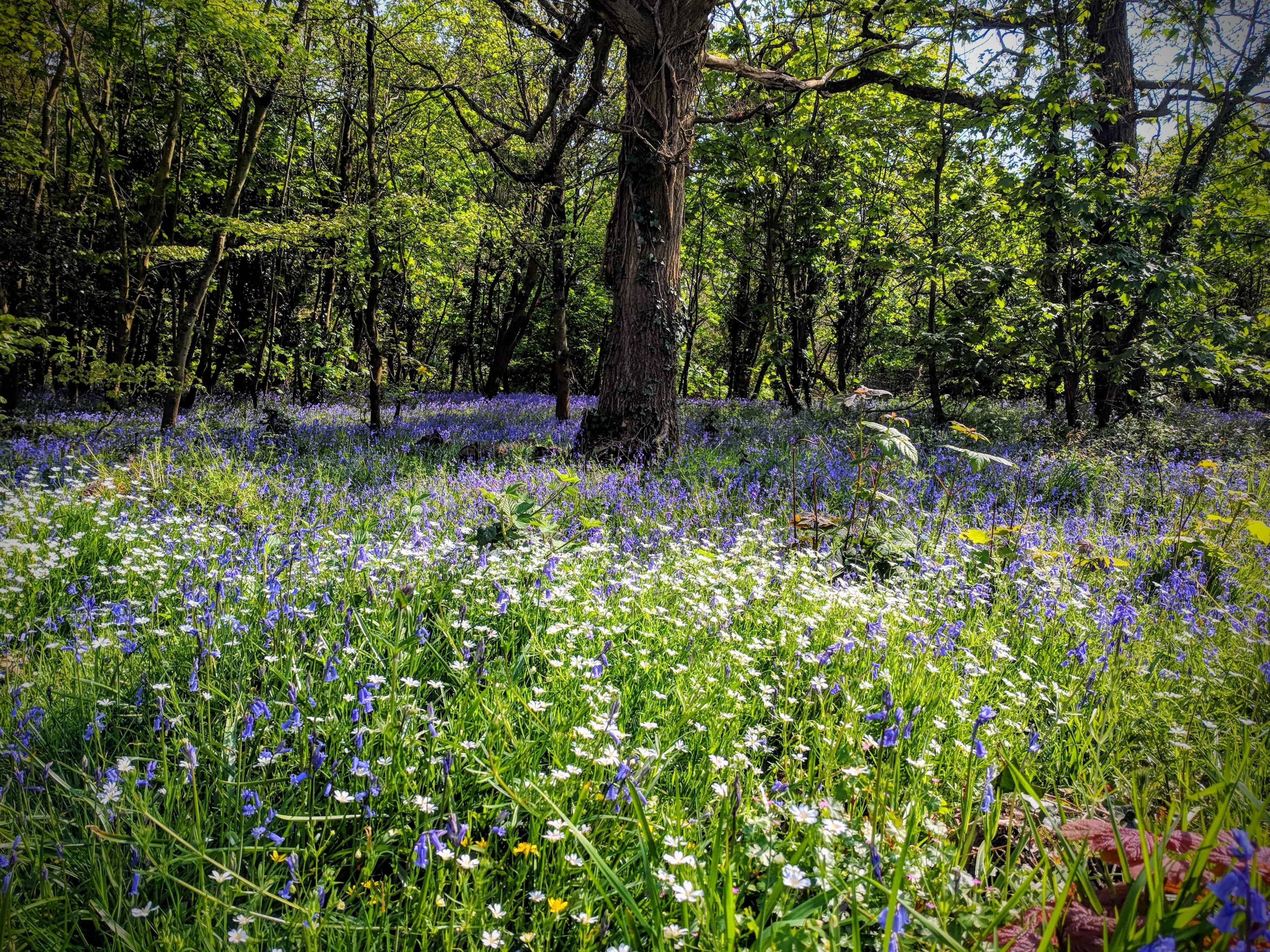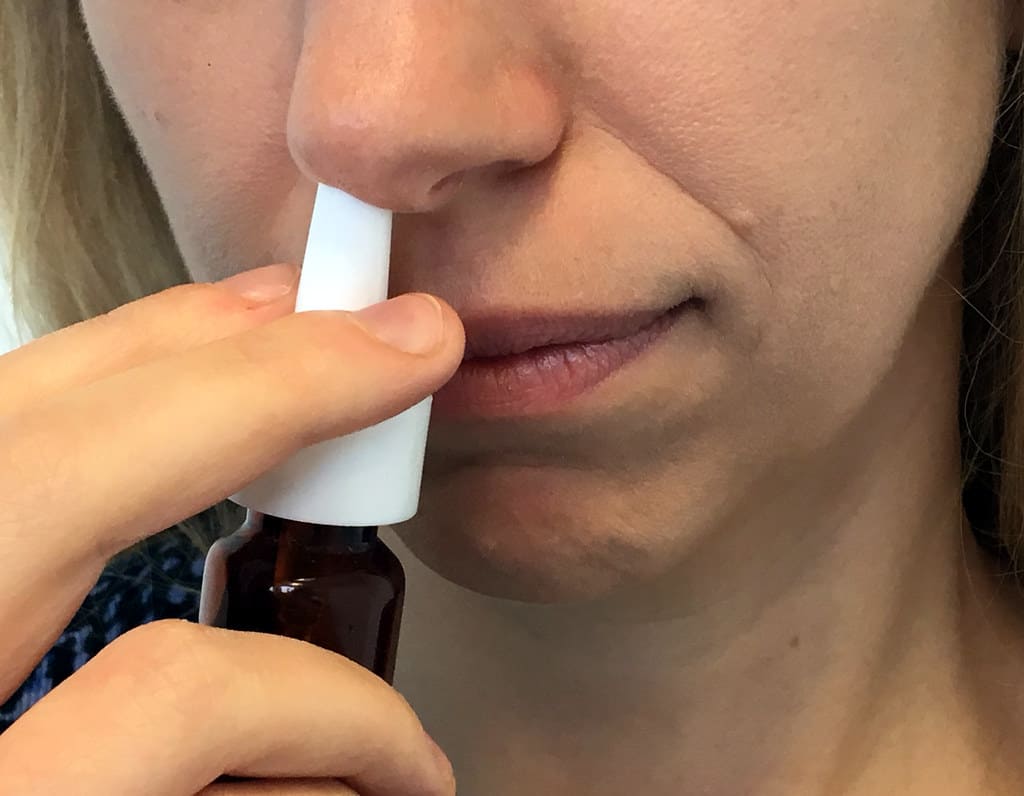It’s that time of year again. The trees are green once more, plants are flowering, and in the countryside, lambs are appearing in the fields. Unfortunately for some of us, something else has also returned, bringing with it runny noses and sneezing; coughing and wheezing; itching eyes or throats. The classic, seasonal pain in the neck that is hay fever. However, you don’t have to just put up with it. There are a number of steps you can take to stave off your spring allergies and keep them under control.
What is hay fever?
Hay fever is an allergic reaction that can occur in both adults and children. It is a seasonal variant of allergic rhinitis, in which the body makes allergic antibodies (IgE) in response to certain substances known as allergens. In perennial (year-round) allergic rhinitis, allergens include dust mites, animal hair or feathers, and mould; in hay fever, the allergen that triggers the response is pollen.
Pollen
Pollen is released by plants once a year, the most common culprits for triggering hay fever being certain trees, grasses, and weeds. Most trees release pollen from February to June, while most grasses release their pollen (the most common allergen) between May and July. Weeds tend to be later (June to September). The seasonal nature of the release of pollen means that hay fever usually only occurs once a year, generally in spring (although this depends on which pollen(s) the individual is allergic to).

How do I know that I have spring allergies?
Classic signs of hay fever include:
- Runny nose
- Sneezing
- Nasal congestion
- Itchy/red/watery eyes
- Itching in the mouth/throat
More severe symptoms can affect the respiratory system:
Many of the symptoms are similar to those of other illnesses, including the common cold. However, if symptoms worsen after being outside, it is likely an allergic response to the pollen in the air.

Keeping hay fever in check
So, what can we do to avoid those pesky allergens and stop sneezing all the time? Well, there are basically three approaches:
- Reduce or avoid exposure to allergens outside
- Keep your house (and car) clear of pollen
- Treat the symptoms of hay fever
Avoiding allergens can be a difficult task. After all, when pollen is in the air, it’s everywhere! Unless you feel like locking all the doors and windows and barricading yourselves in the house until summer, or investing in a hazmat suit, at some point you’ll have to step out into the cloud of sneezes-to-come.
However, there are steps you can take to minimise your exposure to the sneeze-cloud:
- Avoid going outside in the early morning – this is when pollen levels are usually at their highest.
- Check the pollen forecast – this may be broadcast on the news on TV or radio, or can be found by searching online.
- If high pollen levels are forecast, start taking your allergy medication before you start getting symptoms.
- Close doors and windows at night or when the pollen count is high.
- Avoid outdoor chores such as gardening, or else wear a pollen mask.
- When you come home, change out of your clothes and shower to remove pollen from your person.
- Don’t hang your washing outside – pollen can stick to fabrics.
- If possible, avoid going out on dry, windy days. The best time to go out is after it has rained, as rainfall clears a lot of pollen out of the air.
Keeping your living space clear of pollen can also be a challenge – unfortunately, there is no magical barrier to get rid of all allergens. However, the following measures can be of assistance:
- If you have air conditioning, use it! This can help to keep pollen levels down in both your house and vehicle, especially if using high-efficiency filters and ensuring the systems are well-maintained.
- Use a dehumidifier to keep the air dry indoors.
- Clean your floors often.
- Use a vacuum cleaner with a HEPA (high-efficiency particulate air) filter.

There are a few options for treating the symptoms of hay fever. Before taking medications, you should consult your doctor
- Nasal irrigation – rinsing out the nasal passages and sinuses with saline solution (water with salt dissolved in it) is a quick, cheap, and effective way to reduce congestion.
- Antihistamines – medicines, usually taken orally, which combat the allergic response. They can provide relief for sneezing, itching, watery eyes, and runny nose.
- Decongestants – can help relieve congestion.
- Nasal sprays – these are most effective if used pre-emptively (i.e. before symptoms begin).
Food for thought
Is there anything else you can do to reduce the effects of hay fever? This might surprise you, but what you eat and drink can have an impact on allergies and their symptoms.
For example, certain foods stimulate the production of histamine – an inflammatory hormone responsible for itching sensations among other things. Histamines are part of the body’s defence system, triggering sneezing, tearing up, and other symptoms in an attempt to rid the body of allergens, which are perceived as a threat. Foods to avoid include pickles, cured and smoked meat and fish, cheese and nuts, and certain fruit. Avoiding alcohol is also key here – alcoholic drinks are particularly bad at upping histamine levels.
On the other hand, some foods suppress histamine production – green vegetables, berries, apples, and beans are examples of these.
In addition, certain foods can help to alleviate the symptoms:
- Spicy food – chilli peppers and similar spicy ingredients help to widen the airways and facilitate breathing, while certain spices, such as turmeric, have anti-inflammatory properties. This means that a hot curry could help to unblock your nose!
- Foods rich in beta carotene – these include carrots, spinach, and any yellow fruit. Good for easing blocked noses and painful sinuses.
- Foods rich in omega-3 – these include oily fish. Again, these can help a blocked nose.
- Chamomile or nettle tea – these have antihistamine and anti-inflammatory properties.
One thing that probably won’t help is honey. You might have heard that locally-produced honey can help to desensitise you to the pollen in it. This has been debunked as a myth by a 2002 study from the University of Connecticut, using double-blind trials to show that there is no difference in symptoms in patients taking locally-produced unfiltered honey, nationally-produced filtered honey, and honey-flavoured corn syrup. The fact is that almost all pollen present in honey is from flowers and doesn’t cause hay fever in the first place; the pollen that is likely to set you off comes from plants that bees don’t visit!
And there you have it! Hopefully now you’ll have all the tools and techniques you need to combat spring allergies. Time to brave going out into the sneeze-cloud again. Good luck!









Join the discussion